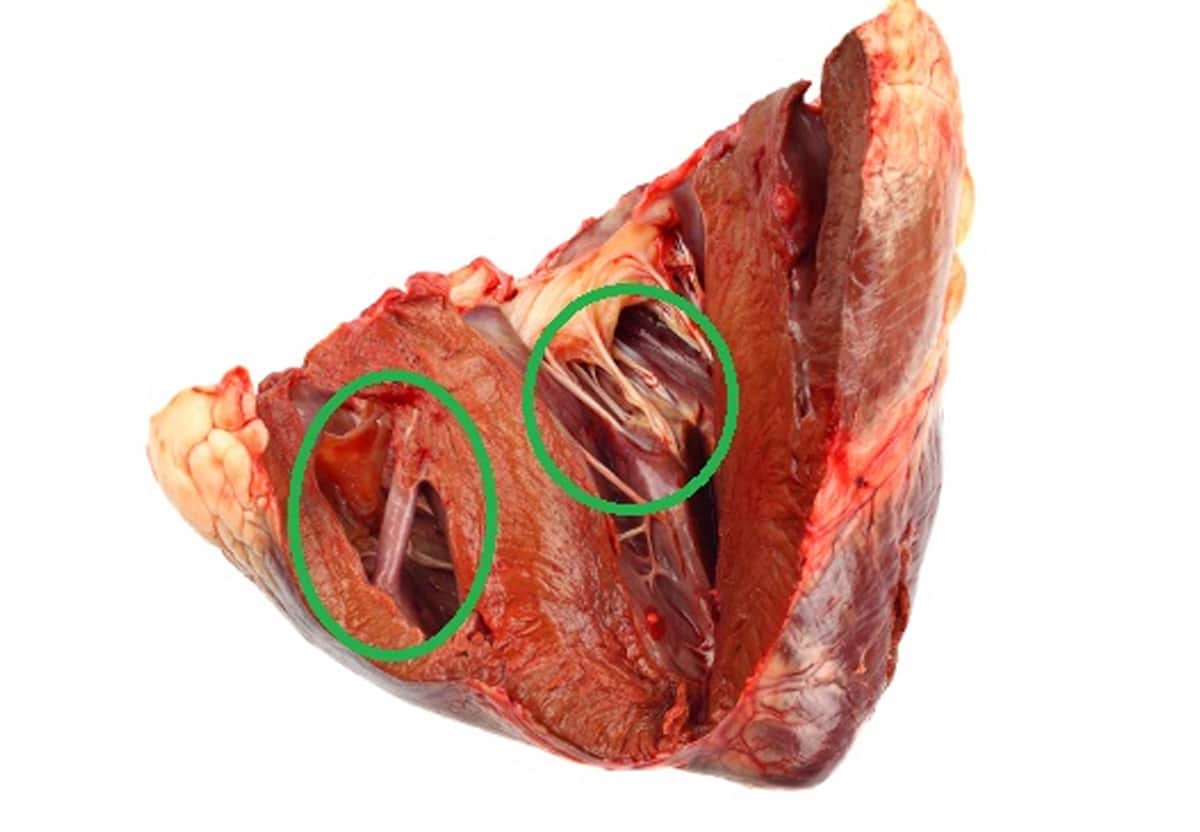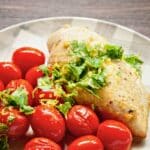
Game of Thrones might be great TV, but watching Daenerys choke down a raw stallion heart with blood dripping down her face and ominous chanting in the background really didn’t do much for the public image of organ meats. The show's writers do a great job of making the scene viscerally disgusting, but in reality, heart isn't "gross" at all; it's a perfectly tasty cut of beef. Without all the fake blood and stage lighting, it’s just like any other cut of beef. The taste is beefy. The texture is beefy. If you cooked it into a casserole instead of tearing it out of an animal with your bare hands and chowing down, you’d never know it was heart at all. And it's extremely nutritious, too; it's kind of funny that the food portrayed as so "gross" and "weird" is probably one of the best things that a pregnant woman could be eating to support herself and her baby.
Heart is also very beginner-friendly, if you’re looking to start cooking with organ meats but don’t know where to start. So here’s a look at the nutritional benefits and a few recipes for cooking pork, beef, and chicken hearts.
It Really Tastes Like Normal Meat?
Yes! If you’re turned off by the metallic taste of liver or kidney, then rest assured: heart does not taste like that. In fact, it tastes just like muscle meat (steaks, chops, and all the other cuts you’re used to seeing at the grocery store) because that’s exactly what it is. The heart is just another muscle, and heart is just another variety of muscle meat.
Hear from any particular animal tastes basically like any other lean meat from that animal. So chicken heart is similar in taste to chicken breast, and beef heart tastes like a very lean roast.
Heart and Nutrition
Beef, pork, and poultry hearts all have a different taste, but they’re all high in the same important nutrients:
- B vitamins, especially B12.
- Iron
- Phosphorus
- Zinc
- Copper
- Selenium
Heart (from any animal) is also high in an important antioxidant, CoQ10. Your cells need CoQ10 to generate energy, so it’s particularly important for supporting organs that take a lot of energy (e.g. your liver or your heart), and it may have special nutritional benefits for people in middle age or older.
Cooking with Heart
OK, but how do you cook with it? Here’s a step-by-step guide.
First, you’ll have to find a heart. The best place to get heart – or any other meat – is straight from a farmer; if you ask, most of them will have hearts available even if they aren’t out on display.
You can also get them in many grocery stores now; if you can’t find anything in the refrigerated meat, check the freezer section. Beef hearts are usually sold whole (anywhere from 1.5-5 pounds, depending on the cow) or in halves. For pork hearts, you might get 2-3 to a package, and for smaller hearts like chicken or turkey, you’ll usually get a pound at a time.
For beef and pork hearts, when you get the heart home, you’ll have to trim it before using it. You might remember drawing heart diagrams in middle school where you dutifully labeled the left aorta, right aorta, and other arteries and blood vessels: all of that “plumbing” is stringy and unpleasant to eat, so you’ll want to take it out.
To do this, simply cut the heart in half and cut out any tough, skin-like parts on the inside. If the heart has already been cut in half and you don’t see anything that feels leathery or looks like skin or membranes, you’re in luck: the butcher already trimmed it for you. Otherwise, just cut them off with a scissors or a small paring knife and throw them away or save them for broth.

Your heart may also have a “cap” of white or pale yellow fat around the top. You can leave this on or take it off, as you like.
Next, it’s time to cook the heart! Aside from the fat cap, heart is quite a lean meat, so it’s great on the grill or in stir-fries that reduce the risk of overcooking it. Alternately, you can go completely the other direction with a low, slow simmer to bring out the tenderness and flavor.
To start you off, here are some recipes for beef, pork, and poultry hearts (if you want stallion, you’re on your own).
Beef hearts:
- Fast and Easy: Beef Heart, Bacon, and Kale One Pot Wonder (Forever Fit) or Beef Heart Kabobs (Paleo Porn)
- Completely hidden: I Heart Meatballs Diane (Three Diets One Dinner)
- Dressed to Impress: Mushroom and Spinach Stuffed Beef Heart (The Healthy Foodie)
- Comfort food: Mediterranean Beef Heart Stew (Bare Root Girl) or Sweet Beef Heart Curry (Almost Bananas)
Pork hearts:
- Fast and Easy: Grilled and Chilled Marinated Pig Heart (Star Chefs)
- Completely hidden: Chop into bite-sized pieces and substitute for half the meat in any stir-fry or stew.
- Dressed to Impress: Pork Sorpotel (Goan Pork Offal Stew) (Serious Eats) – just replace vegetable oil with a Paleo-friendly cooking fat. Or try Bopis (Diced Pork Hearts) (Clove Garden)
- Comfort food: Barigoule of Pork Heart Stew (Great British Chefs) or Slow-Cooked “Heart on Fire” with Creamed Kale (Mark’s Daily Apple)
Chicken/turkey hearts:
- Fast and Easy: Chicken Hearts Pan-Fried with Hearts of Palm and Garlic (Of Goats and Greens) or Simple Marinated Chicken Hearts (Phoenix Helix)
- Completely hidden: Make a delicious pâté with hidden heart (and/or liver)
- Dressed to Impress: Brazilian-style Chicken Hearts (Fuel Nutrition)
- Comfort food: Chicken Heart Stroganoff (South Beach Primal)
Summing it Up
Heart is a great stepping stone into the wonderful world of organ meats: it’s easy to prepare, it tastes basically like any other lean meat, and it’s extremely nutritious without having such a high mineral content that you get the “metallic” taste of liver or kidney. Yes, it looks a little anatomical when you first bring it home, but that’s part and parcel of eating something that used to be alive. Try it marinated and grilled in strips, or sliced in a stir-fry, and you’ll wonder why you ever thought it was “gross”!





Leave a Reply